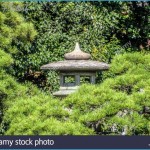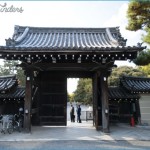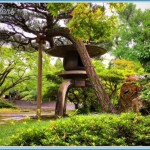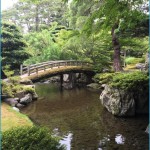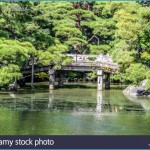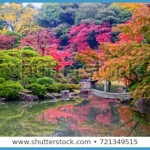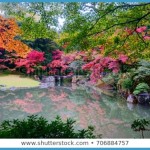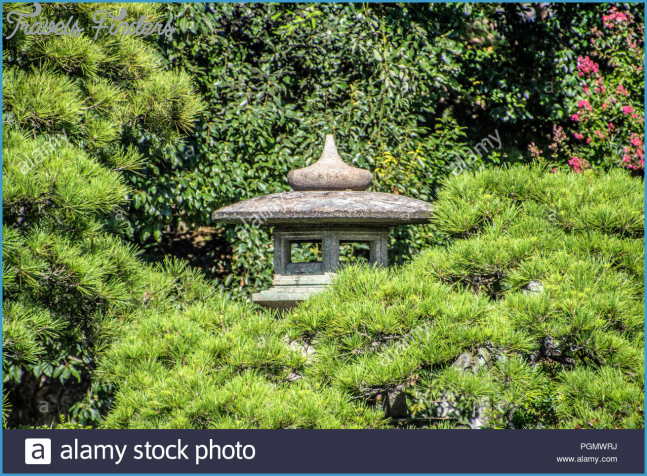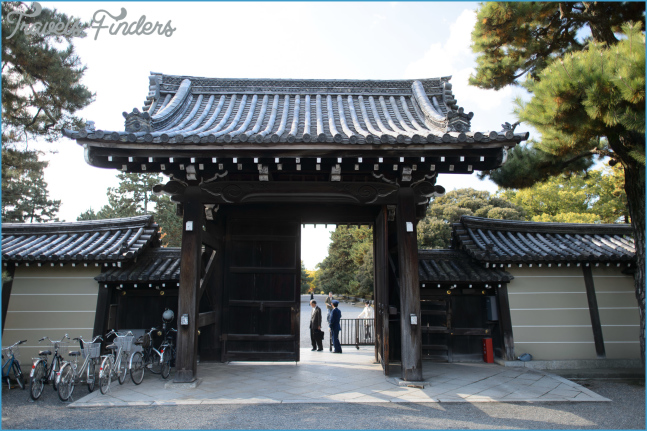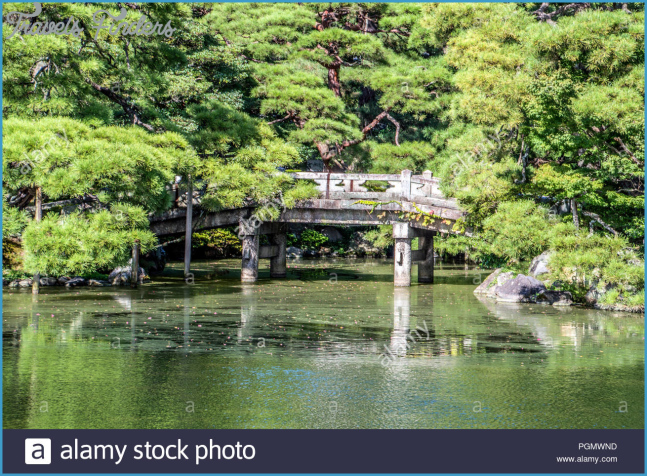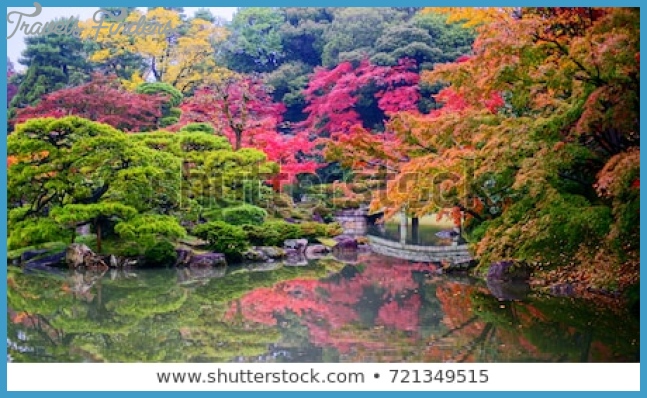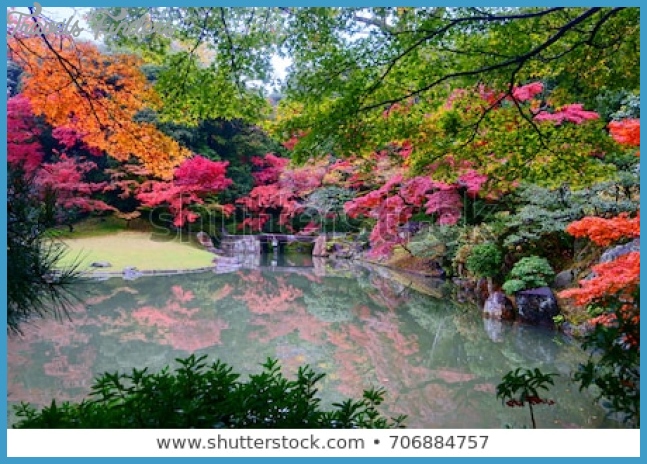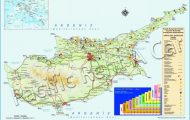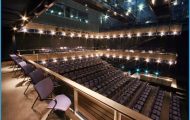Located just a short walk from the Imperial Palace within the spacious grounds of Kyoto Gyoen National Park, the Sento Imperial Palace was originally built as the residence of retired Emperor Gomizuno in 1630. Repeated fires and reconstructions eventually left only the Seikatei and Yushintei teahouses and the exceptionally fine gardens within the earthen-walled enclosure. The elegantly roofed halls of the adjoining Kyoto Omiya Imperial Palace, built for the empress dowager in 1867, now serve as the visitors’ entrance to Sento Imperial Palace, and accommodate the emperor on his imperial visits to Kyoto.
Sento Imperial Palace in Kyoto Photo Gallery
The excellent traditional strolling gardens that surround the North and South Ponds of Sento Imperial Palace are a visual and experiential delight in every season. Resident Kyoto author, Judith Clancy, considers the Sento gardens “an aesthetic miracle of quietude, simplicity and beauty right in the middle of the city.” Originally created by the renowned Edo-period artist and tea master Kobori Enshu (1579-1647), a walk through the gardens crosses a variety of graceful bridges, revealing rich vistas of wooded shoreline, waterfowl, and seasonal blossoms, before ultimately leading to the symbolic Suhama shore containing some 111,000 rounded stones, each carefully selected and skillfully placed.
Reflections of autumn perfection at the South Pond.
Wide shoeremoving stones facilitate entry to the Seikatei teahouse.
An arched stone bridge in gardens originally designed by Kobori Enshu in 1630.
A gravel footpath crosses an earth-and-wood bridge at the North Pond.
The South Pond’s Suhama shore was created with an estimated 111,000 rounded stones.
A waterfall framed by autumn foliage flows into the South Pond.

